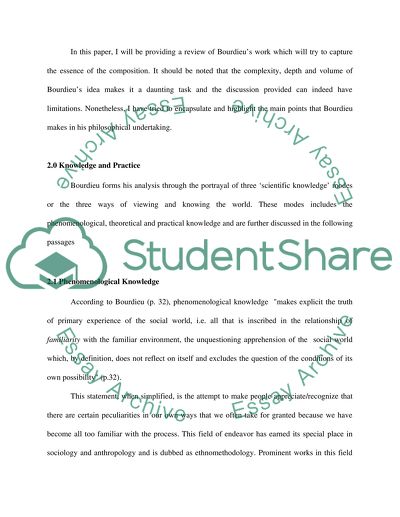Cite this document
(“Pierre Bourdieu's Theory of Practice Book Report/Review”, n.d.)
Pierre Bourdieu's Theory of Practice Book Report/Review. Retrieved from https://studentshare.org/philosophy/1521055-pierre-bourdieus-theory-of-practice
Pierre Bourdieu's Theory of Practice Book Report/Review. Retrieved from https://studentshare.org/philosophy/1521055-pierre-bourdieus-theory-of-practice
(Pierre Bourdieu'S Theory of Practice Book Report/Review)
Pierre Bourdieu'S Theory of Practice Book Report/Review. https://studentshare.org/philosophy/1521055-pierre-bourdieus-theory-of-practice.
Pierre Bourdieu'S Theory of Practice Book Report/Review. https://studentshare.org/philosophy/1521055-pierre-bourdieus-theory-of-practice.
“Pierre Bourdieu'S Theory of Practice Book Report/Review”, n.d. https://studentshare.org/philosophy/1521055-pierre-bourdieus-theory-of-practice.


